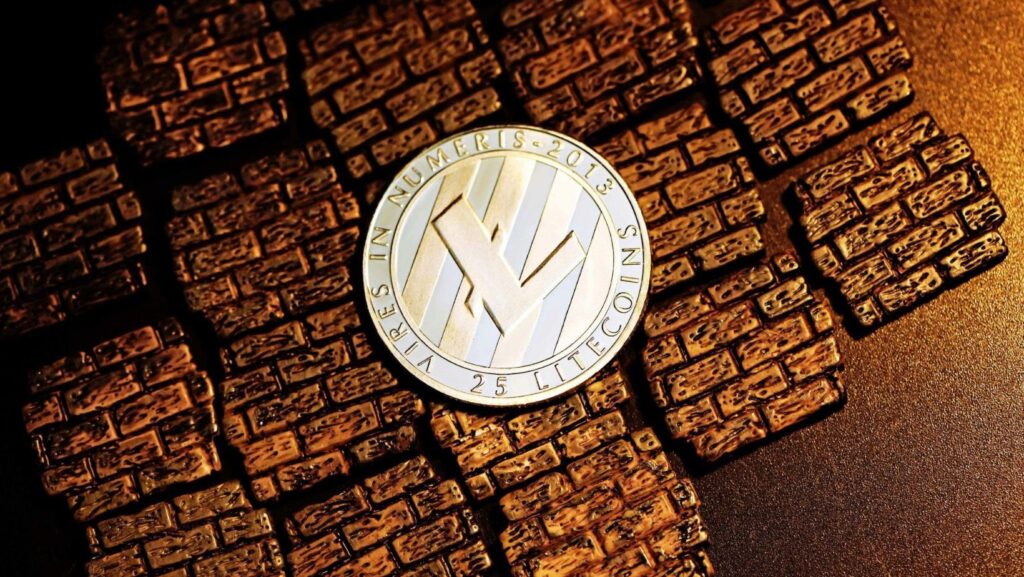
In today’s ever-evolving business landscape, staying ahead of the competition often requires adapting to emerging trends and technologies. One such trend that has gained significant traction is the acceptance of LTC (Litecoin) payments. [1] In this comprehensive guide, we will explore the benefits of integrating LTC as a payment method for your business. We’ll cover everything from understanding what LTC is to the practical steps of implementation and addressing potential challenges.
What is the LTC Payment Method
Litecoin is a popular cryptocurrency that operates on a decentralized blockchain network. It shares many similarities with Bitcoin but is known for its faster transaction processing times and lower fees.
LTC, as a payment method, involves using Litecoin as a medium of exchange for goods and services. It operates globally and is accessible to anyone with an internet connection and a Litecoin wallet.
How LTC Transactions Work
LTC (Litecoin) transactions work through a process combining cryptographic principles with a decentralized network, similar to Bitcoin, but with some key differences that enhance efficiency and speed. Here’s a detailed explanation:
Transaction Initiation
A user initiates a transaction by sending LTC from their digital wallet to another person’s wallet address. This involves entering the recipient’s wallet address and the amount of LTC transferred.
The user’s digital wallet creates a transaction message, including the recipient’s address, the amount of LTC to be sent, and the sender’s address.
Transaction Verification
The transaction message is then digitally signed using the sender’s private key. This signature serves as cryptographic proof that the transaction has been authorized by the owner of the LTC being sent.
The signed transaction is broadcast to the Litecoin network, where it is visible to all participants (nodes) in the network.
Mining and Ledger Entry
Miners on the Litecoin network pick up the transaction and start the mining process. Mining involves solving complex cryptographic puzzles to validate the transaction and add it to a new block.
Litecoin’s block generation time is approximately 2.5 minutes, which is faster than Bitcoin’s 10 minutes. This means LTC transactions are confirmed more quickly.
Once the transaction is verified and included in a block, it is added to the Litecoin blockchain. This blockchain acts as a public ledger that records all transactions securely and transparently.
Transaction Confirmation
For added security, a transaction is typically considered secure after receiving several confirmations from subsequent blocks added to the chain.
The recipient’s wallet detects the transaction in the blockchain and updates the balance to reflect the received LTC.
Enhanced Security and Privacy
The Litecoin network’s decentralized nature means no central authority controls or can manipulate transactions.
Strong cryptographic methods ensure the security and integrity of transactions, preventing fraud and unauthorized access.
Accessibility and Global Reach
Being a digital and decentralized currency, LTC can be sent and received anywhere in the world without the constraints of traditional banking systems.
While transaction details are public on the blockchain, the parties’ identities are not directly tied to their wallet addresses, offering a degree of privacy.
LTC transactions are thus characterized by their speed, security, and global accessibility, making them an appealing option for digital transactions in various contexts.
Advantages of Using LTC for Payments
Increased Payment Options. Accepting LTC allows businesses to cater to a broader audience, including those preferring cryptocurrency transactions. This inclusion attracts a growing market segment of crypto enthusiasts, potentially increasing the customer base and sales.
They are comparing LTC Fees to Traditional Methods. LTC transactions generally incur significantly lower fees than traditional payment methods like credit cards or bank transfers. These lower fees can translate into substantial cost savings for businesses, especially those with high transaction volumes.
Enhanced Security. The blockchain technology underpinning LTC offers robust security features, reducing the risk of fraud and unauthorized transactions. LTC’s secure framework can help protect businesses and customers from fraud.
Faster Transactions. LTC transactions are processed much faster than traditional bank transactions, enhancing operational efficiency. This speed can significantly reduce payment processing time, improving cash flow and customer satisfaction.
Global Reach. LTC enables businesses to transact globally without worrying about exchange rates or international transaction fees. This global reach makes attracting and serving international customers easier, expanding the market reach.
Attracting International Customers. Accepting LTC can attract international customers who prefer using cryptocurrencies, potentially expanding your customer base and revenue streams.
How to Accept LTC Payments
Choosing a Wallet Type. Business owners must select a suitable Litecoin wallet, which can be hardware-based, software-based, or even integrated into a payment processing platform.
Security Considerations. Ensure robust security measures are in place to safeguard the LTC wallet and the funds it contains, such as strong passwords, two-factor authentication, and regular updates.
Integrating a Litecoin Payment Gateway. Research a reputable Litecoin payment gateway that aligns with your business needs, offering features like transaction tracking, invoicing, and easy integration. Follow the gateway provider’s instructions for integrating Litecoin payments into your e-commerce platform or point-of-sale system. Ensure seamless customer experiences during the payment process.
Conclusion
Embracing LTC payments offers businesses a range of benefits, including increased payment options, lower transaction fees, enhanced security, faster transactions, and access to a global customer base. These advantages position LTC as a valuable payment method in today’s fast-paced, digital economy.
Businesses looking to stay competitive and innovative should consider integrating LTC payments into their operations. The flexibility, efficiency, and security of LTC make it a promising
main dofollow link












